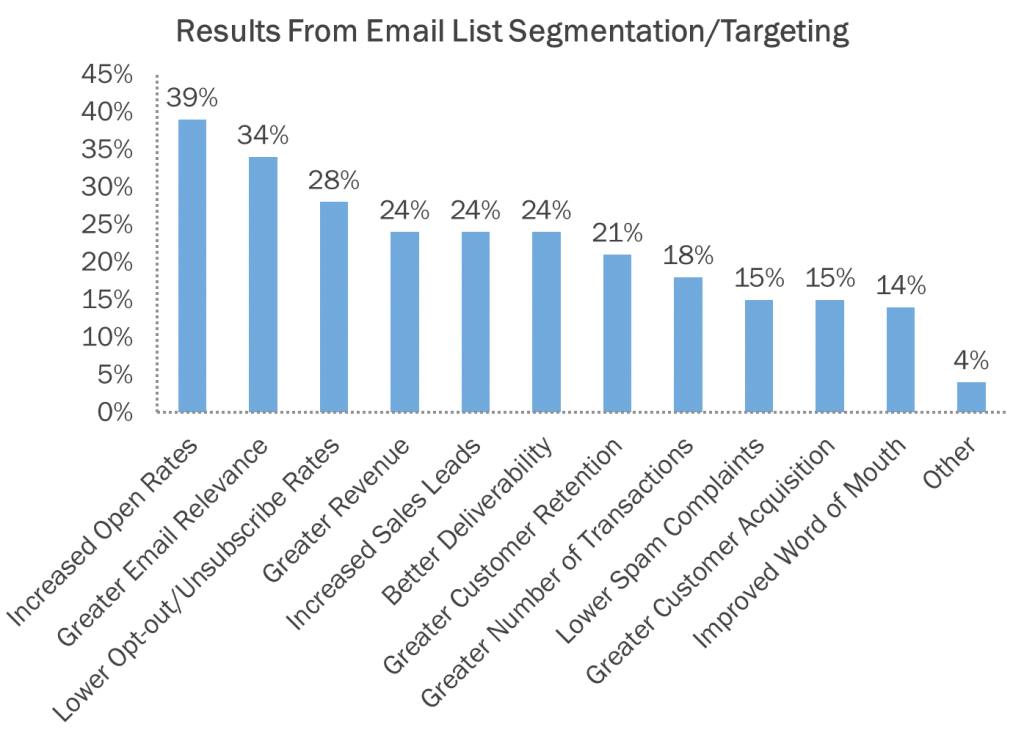How to Write Emails that Convert
Email marketing isn’t the buzz word it used to be with everyone talking about social media now. That doesn’t mean you can discount it. A recent study showed email marketing returns $43 for every dollar invested. That’s a pretty good ROI, don’t you agree? That doesn’t mean, however, that you can start emailing everyone on your list and expect immediate sales. You need to know how to write emails that convert and that means understanding segmenting, subject lines, and good email copy.
Segment
The first key to effective email marketing is list segmentation. The more specific you can get with your emails, the better. Think of ways you can segment your leads to be able to address their needs as specifically as possible.
For example, if you are a non-profit and you only have one lists for both donors and recipient, that doesn’t make much sense. Recipients of your help won’t be in a situation to give you money, nor will donors be very interested in your services.
List segmentation improves open rates, lowers unsubscribe rates, and increases leads. Don’t overlook it.
The Subject Line
Probably the biggest mistake you can make with your emails is overlooking the email subject line. No matter how good your content in the email is, it won’t help you if no one opens the email. I sometimes spend as long crafting the subject line as I do writing the entire email. A well-crafted subject line that increases your open rate is well worth your time. But what makes a good subject line?
50 Characters or Less
You want to make sure that your full subject line is visible to the recipient. Though there are a number of variables that affect how many characters are displayed, 50 characters is a good rule of thumb.
Use Actionable Language
Be clear want you want the recipient to do. While including action verbs are usually a good idea, as long as you communicate the benefit to the recipient, you’re in good shape.
Have a Clear Value Proposition
Show the recipient what the value is to them. This means being benefit focused, not feature focused. Make it clear what the recipient can hope to gain when they open your email.
Email Body Copy
Now we get to the meat and potatoes, the body copy. You’ve crafted your master subject line and sent it out to your well segmented list, what do you put in the email?
Be Brief
Just like when they’re reading blogs or webpages, people scan emails. Be brief. If you have a lot to say, put it on your site and give the recipient the option to visit your site if they want to know more.
Remind them why you’re emailing them
Reminding the recipient why, where, or how they opted in to your list is usually a good idea. If you let people know off the bat why you’re emailing them, they’re less likely to disregard it as spam and more likely to actually read it.
Write in the Second Person
One of the reasons email is so effective is that it’s personal. You get to communicate with the recipient while they’re relaxed and browsing through a trusted location, not surfing the web. Don’t throw that away by going formal or talking about yourself. Write like your writing to a friend, use second person and focus on the benefits.
Benefits, not features
You already did this in your subject line (right?). Do it again. Show the recipient what they stand to gain by following through with your Call to Action…
The Call to Action
Last, but certainly not least, the Call to Action is the whole reason you sent out the email. Make it clear what you want the recipient to do when they get the email and let them do it. In general, the more options you give them, the less likely they are to click on any of them. Be specific and keep it simple.






